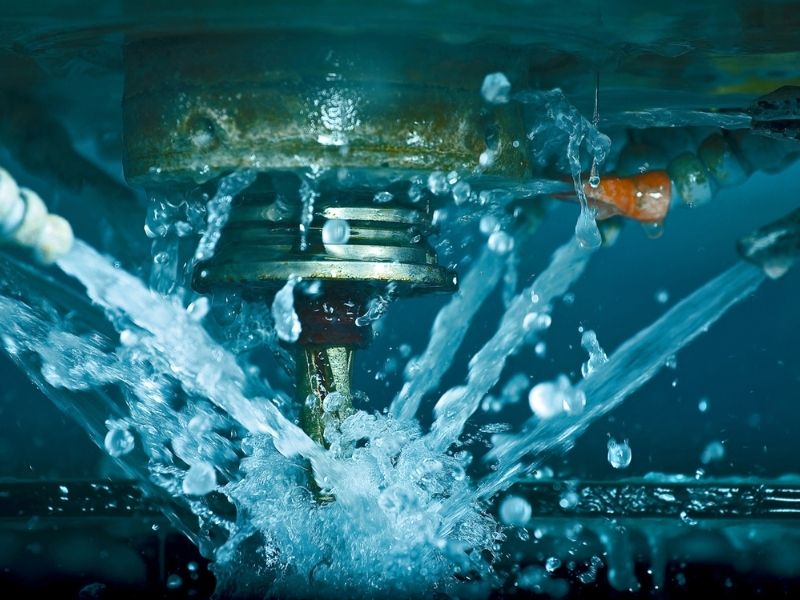Before we talk about CNC machining history in detail, the first fact to know is that it uses computer programming codes to instruct machines to manufacture a product.
CNC (Computer Numerical Control) machining is a subtractive manufacturing process. In other words, the computer code directs industrial tools (such as drills, mills, and lathes) to diminish a material. The industrial tools keep subtracting the raw material to generate the final product. If you find this topic intriguing, we invite you to continue reading for a definition of CNC Machining and also, about its history.
An Outline Of CNC Machining & Its History

CNC History
When we examine the history of this trade, we note that the technology did not develop as most people assume. Currently, the technology employs an automated computerized process using computer code. Extraordinarily, this technology was not fully machine-driven until recently. Here we look at CNC machining history, from the first CNC machines and their transformation over time.
The First CNC Machine
In 1949, James Parsons created the first CNC machine. Parsons was a pioneer in computers working on an Air Force Research Project. The main focus of his research was improving the operation of helicopter blades to achieve versatile airborne capabilities. With the help of an IBM 602A multiplier, Parsons calculated helicopter airfoil coordinates.
The data of the helicopter airfoil coordinates were input into a punch card used on a Swiss jig borer. Parsons created many different versions of helicopter blades and aircraft skins with this process. Conventional CNC history credits Parsons to producing the first CNC machines to manufacture products. Parsons received the Joseph Marie Jacquard Memorial Awards for his innovative developments.
Timeline Of CNC Technology Development
Some machines instructed other instruments to produce tools before the innovation of this machine. Moreover, machines used the Numerical Control (NC) process to control other devices. The C, for computerized, is missing in the description because NC technology was not fully automated. Let’s look at a timeline of the evolution of CNC machining technology.
⎆ 1952 – 1958
Intense pressure mounted on both sides during the Cold War to develop weapons and machines with advanced capabilities and higher efficiency. In 1952, the Massachusetts Institute of Technology and Richard Kegg developed the first CNC milling machine known as the “Cincinnati Milacron Hydrotel.” Kegg filed for a patent for a “Motor Controlled Apparatus for Positioning Machine Tool” in 1958. The patent would be a turning point for the evolution of this technology and its practical implementations.
⎆ 1967 – 1972
It then gained international recognition in 1972 with Computer-Aided Machining (CAM) and Computer-Aided Design (CAD). However, advancements in CAM and CAD properties became the inspiration for many new practical applications of this technology. Interestingly, these innovations were still not a standard part of the traditional process.
⎆ 1976 -1989
However, CAM and 3D CAD became a part of the conventional CNC machining process in 1976. Also, CAM software-controlled machines employing CAD proficiency became the industrial standard for CNC machines.
Practical Applications Of CNC Machining
This technology receives international acclaim because of the benefits in the manufacturing process. Additionally, the following is a list of some industries that practically implement this process because of its many advantages.
Automotive Industry
CNC machining is crucial in the industrial sector, and it is just as valuable at the manufacturing level.
In Conclusion.
If you have any questions or suggestions, we always love to hear from you in the comments below. Also below are links to more fantastic articles about ALL things DESIGN for your home or business.
Images Courtesy of Canva.
Other Posts You Might Enjoy:
DIY Projects vs. Professional for Home Improvements
Tips for Improvements to Make Your Small Home Feel Spacious
Practical Improvements You Can Make to Your Home
Bedroom & Kitchen Projects You Can Do for Home Improvements in 2021





